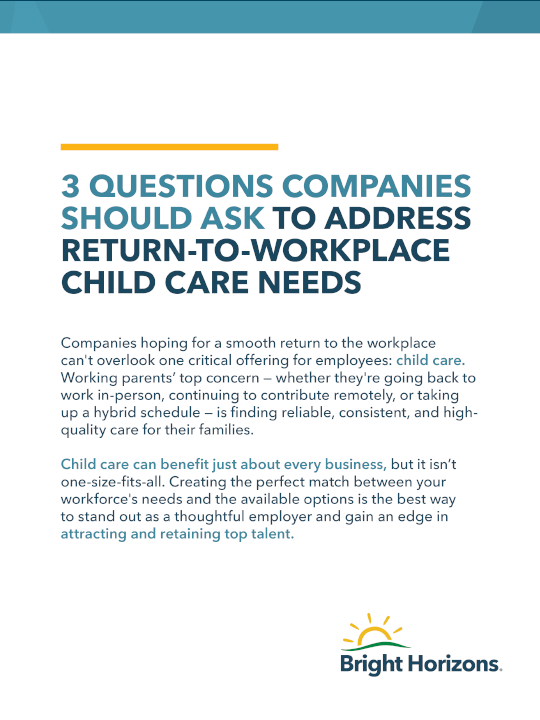This is the second of three guest posts written by Mollie Lombardi, Co-Founder and CEO of Aptitude Research Partners. Mollie has surveyed and interviewed thousands of organizations to understand how human capital management technology is enabling organizational success by improving efficiency, effectiveness and employee engagement.
When it comes to how organizations create and maintain competitive advantage, these days the conversation often turns to culture. But what do we really mean by culture? At Aptitude Research Partners we define corporate culture as the norms and behaviors that are rewarded or discouraged by both the people and processes within an organization. So when it comes to hiring, engaging, and retaining the talent you need to deliver on that competitive advantage, how do you build and maintain the culture you need to execute?
While compensation and benefits were regarded by survey respondents as the most influential elements affecting employee engagement and retention, the second most influential element was the opportunity for development. Individuals realize that the days of forty-year employment and retiring with a gold watch are over. They are looking to continually develop their skills - not only to succeed in their current role, but to continue to grow as individuals and to prepare for whatever path their career may take.
The study found that 70% of organizations with more than 150 employees offer tuition reimbursement for schooling undertaken while employed. And 56% make some form of resources or assistance available to employees who are managing student debt in their workforce. Interestingly, many organizations have had programs providing education assistance in place for some time but most do not think of them as marketplace differentiators.
The study found however that organizations that do offer these programs are 71% more likely to experience above average levels of employee engagement, yielding real business results.
And, showcasing them front and center can help an organization continue to live their culture and make the most of their benefit investment.
When it comes to how organizations create and maintain competitive advantage, these days the conversation often turns to culture. But what do we really mean by culture? At Aptitude Research Partners we define corporate culture as the norms and behaviors that are rewarded or discouraged by both the people and processes within an organization. So when it comes to hiring, engaging, and retaining the talent you need to deliver on that competitive advantage, how do you build and maintain the culture you need to execute?
Corporate Culture and the Benefits that Really Matter
Our recent study looked broadly at culture, including how organizations communicate, what behaviors, skills and achievements they reward, the work environment and "employee deal" of compensation, rewards, and benefits, and how these help them deliver business results. One thing that was clear was that the compensation and benefits package matters, as well it should. But the way in which organizations and individuals are defining the mix of compensation and benefits they're seeking is evolving, and organizations are combining different packages in order to attract and retain just the type of people they need.While compensation and benefits were regarded by survey respondents as the most influential elements affecting employee engagement and retention, the second most influential element was the opportunity for development. Individuals realize that the days of forty-year employment and retiring with a gold watch are over. They are looking to continually develop their skills - not only to succeed in their current role, but to continue to grow as individuals and to prepare for whatever path their career may take.
What Successful Organizations are Offering
Organizations are taking advantage of this continuous development to create the right benefits package and build loyalty as well as improve performance by offering not only internal development, but support for external development as well.The study found that 70% of organizations with more than 150 employees offer tuition reimbursement for schooling undertaken while employed. And 56% make some form of resources or assistance available to employees who are managing student debt in their workforce. Interestingly, many organizations have had programs providing education assistance in place for some time but most do not think of them as marketplace differentiators.
The study found however that organizations that do offer these programs are 71% more likely to experience above average levels of employee engagement, yielding real business results.
Employee Development as a Competitive Advantage
Organizations focused on education assistance are also indicative of culture alignment.- 50% of organizations with education assistance programs strongly agree that there is a cohesive view of the company culture, in which leaders and employees would describe it in the same way vs only 30% of organizations without education assistance.
- 48% of organizations with education assistance say that leaders and employees call each other out on behavior that is not aligned with cultural norms whereas only 22% of all other organizations exhibit this behavior.
Reflecting the Values of Your Culture
Tuition reimbursement and student loan repayment alone do not align a culture or create engagement. But, they are reflective of the values of the organization. When an organization is concerned not only with having smarter, more capable people on their workforce, but also with developing true top performers that deliver the right results in the right way, tuition assistance programs bring that belief to life.And, showcasing them front and center can help an organization continue to live their culture and make the most of their benefit investment.





